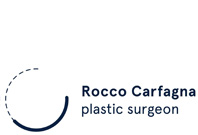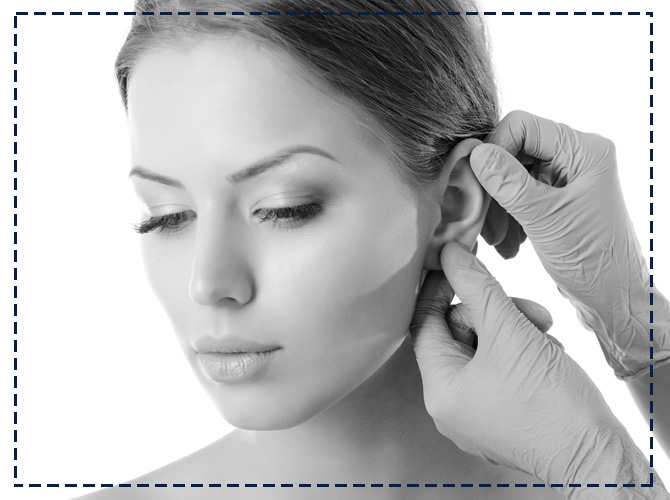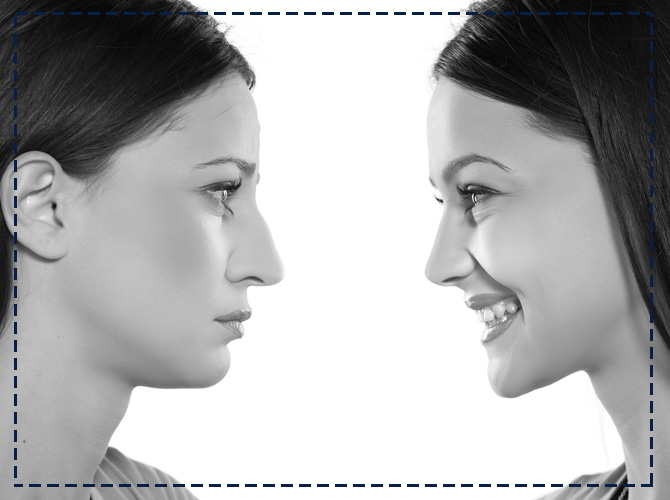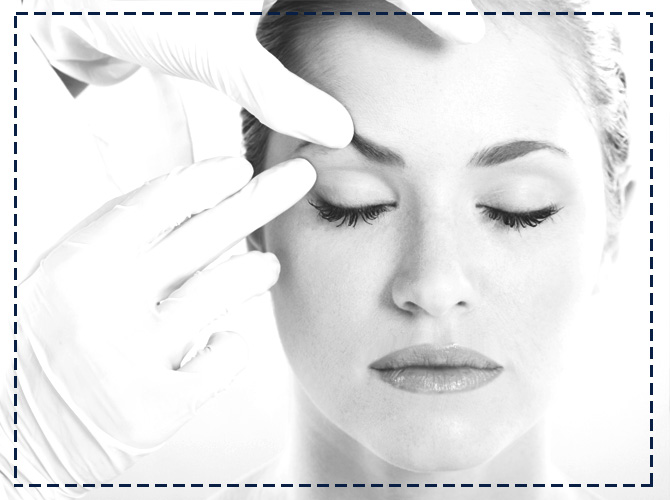Plastic surgery
Otoplasty is an operation that is carried out to correct sticking-out ears, also called protruding, so as to re-position them more correctly and to create a pleasant shape of the pinna, both in very young and older patients. The prospect of solving an aesthetic problem of this kind is fundamental to alleviating extremely significant psychological implications.
Normally the two ears are never exactly the same and symmetrical, and therefore not even an operation can achieve this result. The operation has no effect on hearing. According to the need, it may be advisable to intervene on both ears or only on one, and the surgical strategy may differ on the two sides. The operation is often carried out on children from the age of 5 – 6 years. The scars are generally hidden on the back side of the pinna, facing the skull, even though sometimes it might be necessary to add scars, though in fact hardly visible, on the front side of the pinna itself.
The operation can be done under local anaesthetics by simply making the pinna numb with local shots, or if necessary under local anaesthetics with sedation, that is by injecting intravenous drugs to calm the patient. With smaller children, it might be necessary to use general anaesthetics. The operation can be carried out using various surgical techniques, sometimes it is necessary to remove a small ellipsis of skin from the back side of the pinna and then reshape and re-position the aural cartilage. Other times, sutures can be made on the cartilage of the pinna to appropriately shape the helix, the anti helix and/or the entire pinna.
The operation on both ears lasts about an hour. At the end of it, a moderately compressive turban-like bandage is applied. The compressive medication is left for a few days and after that time, another medication is applied and kept on for about a week. During the post-operative period, it is common to feel a slight pain during the first days that is checked with oral pain-relieving drugs. Antibiotics to be taken orally are usually prescribed for at least three days.
The stitches are removed after about 10 days and the patient is advised to wear an elastic band at night for 20 days.










